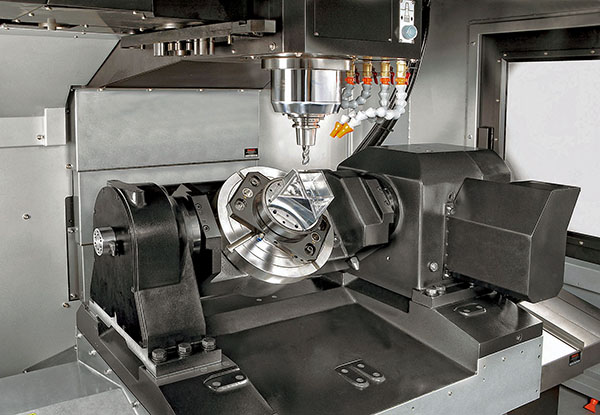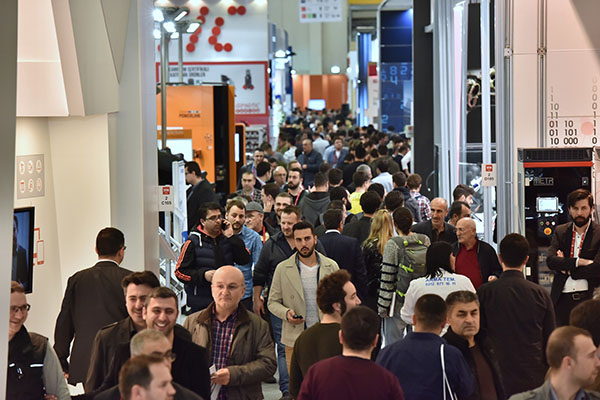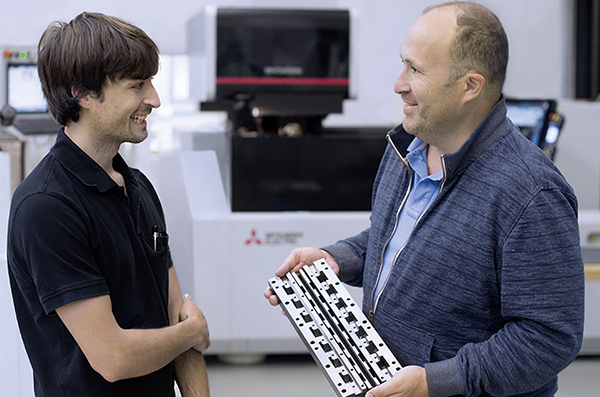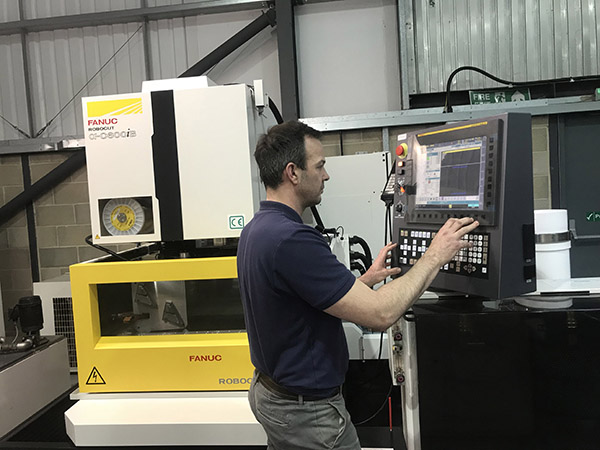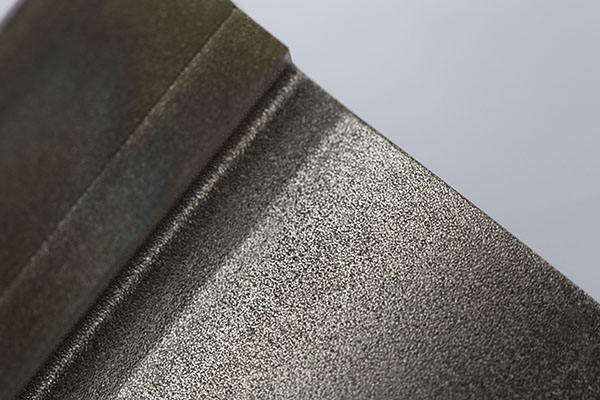Machine shops looking to progress from three- or four-axis CNC prismatic metalcutting and invest in a five-axis facility can now consider the affordable UQ400 vertical-spindle machining centre from Wele of Taiwan, whose machine tools have been offered in the UK and Ireland since mid-2018 under a sole agency agreement with Whitehouse Machine Tools. Wele is part-owned by Japanese machine tool manufacturer, Toyoda.

Wele’s UQ400 has an installed weight of 6.5 tonnes and occupies a compact footprint of 2.95 x 2.35 m. Capable of interpolating four of the five axes simultaneously, it is intended for the five-face machining of workpieces weighing up to 200 kg (with fixture). A Fanuc 0iMF control allows an easy gateway into five-axis operations for users more familiar with this CNC system than others on the market.
The working envelope is defined by 400 x 650 x 485 mm ballscrew-driven travels in X, Y and Z, together with two rotary, hydraulically clamped axes, which are facilitated by a 360° C-axis table and a +30/-120° A-axis swivelling trunnion.
The BT40 direct-drive spindle, served with cutters exchanged from a 24-station tool magazine, offers 11 kW of continuous power (15 kW for 30 minutes) and speeds up to 12,000 rpm, or optionally 15,000 or 20,000 rpm (HSK-A63). High production output is assured by a cutting feed rate of 10 m/min, and rapids of 36 m/min in X, 24 m/min in Y and 10 m/min in Z.
Standard equipment includes chip wash-down for the table and twin augers in the Y axis, plus one in the X axis to evacuate swarf, while bed wash-down and different styles of chip conveyor are available.
For further information www.wmtcnc.com






